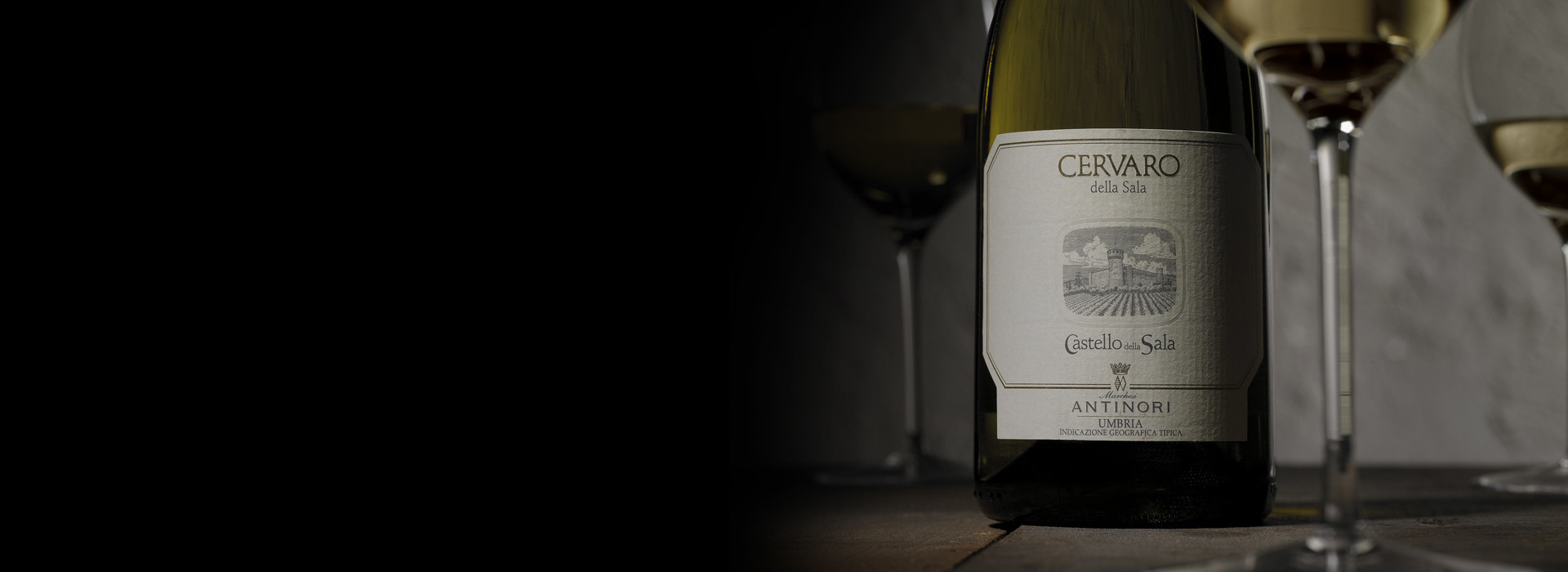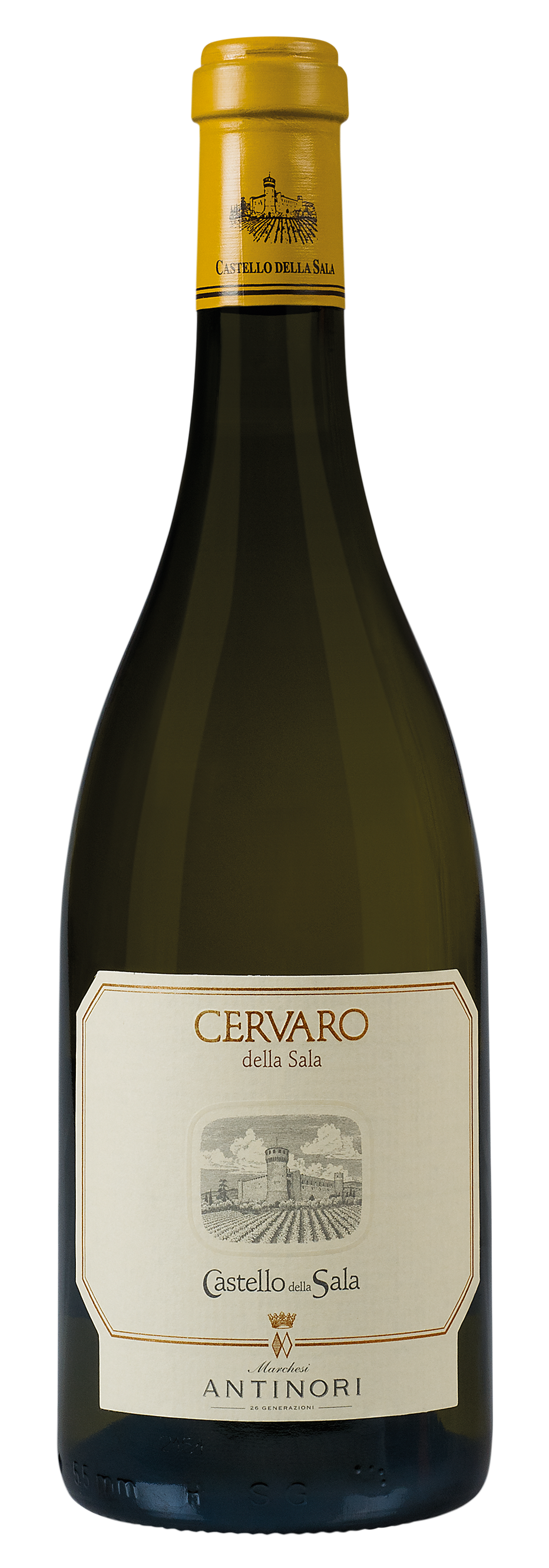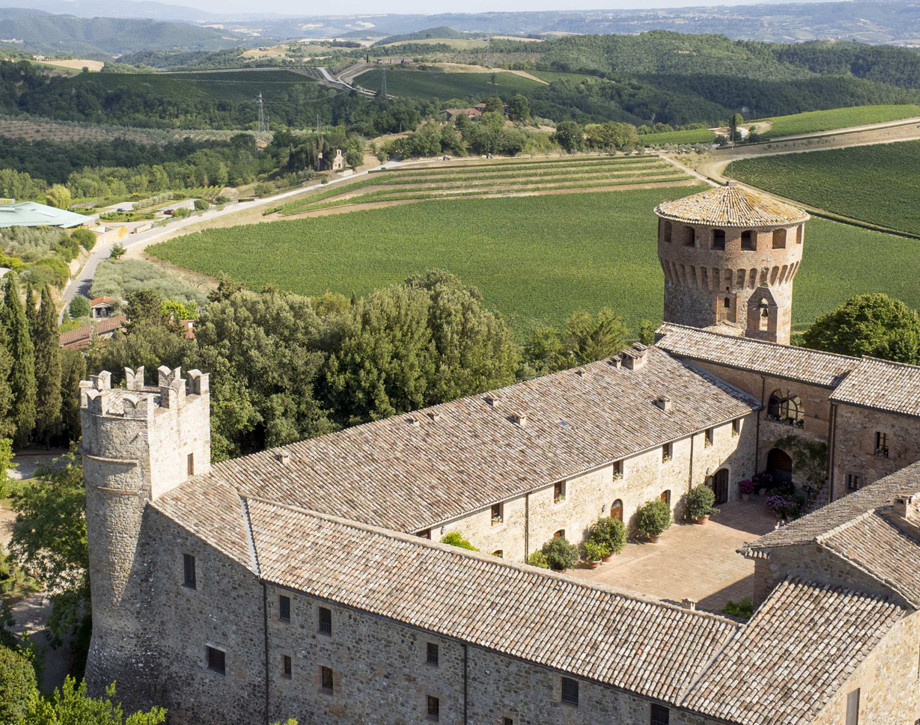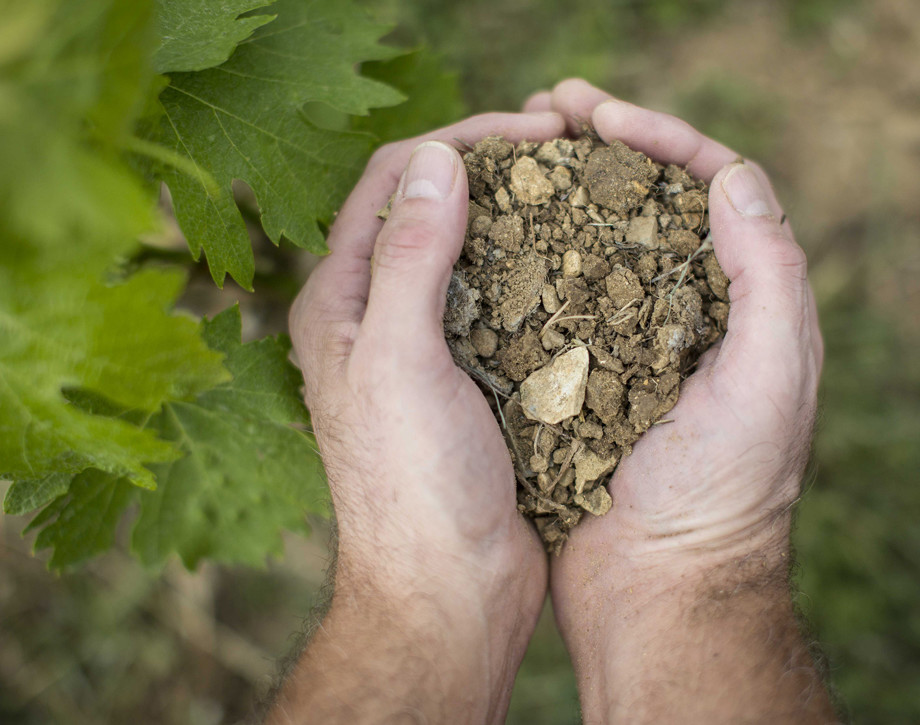Cervaro della Sala

The Wine
The name Cervaro comes from the noble family that owned Castello della Sala during the 14th century, Monaldeschi della Cervara. A blend of Chardonnay grapes and a small quantity of Grechetto make a wine that can age over time and represent the elegance and complexity of this unique estate. Cervaro della Sala is one of the first Italian white wines to have malolactic fermentation and aging take place in barriques. The first vintage of Cervaro to be produced was the 1985 vintage.
Historical Data
The name Cervaro comes from the noble family that owned Castello della Sala during the 14th century, Monaldeschi della Cervara. A blend of Chardonnay grapes and a small quantity of Grechetto make a wine that can age over time and represent the elegance and complexity of this unique estate. Cervaro della Sala is one of the first Italian wines to have malolactic fermentation and aging take place in barriques. The first vintage of Cervaro to be produced was the 1985 vintage.

The Wine
The name Cervaro comes from the noble family that owned Castello della Sala during the 14th century, Monaldeschi della Cervara. A blend of Chardonnay grapes and a small quantity of Grechetto make a wine that can age over time and represent the elegance and complexity of this unique estate. Cervaro della Sala is one of the first Italian white wines to have malolactic fermentation and aging take place in barriques. The first vintage of Cervaro to be produced was the 1985 vintage.

In Honor of the Monaldeschi della Cervara Family
The wine’s name honors the Monaldeschi della Cervara family who was the historic owner of Castello della Sala in the XVI century.
The Barrique
Cervaro della Sala was one of the first Italian white wines to have malolactic fermentation and aging take place in barriques.
The Concept
The idea behind Cervaro della Sala was to craft a white wine able to age over time.
The Enologist
In 1985, Renzo Cotarella, who was chief enologist at Castello della Sala at that time, made the first vintage of Cervaro della Sala.
Climate
A cold winter with little rainfall was followed by a mild spring with temperatures above seasonal averages. From June on, warm and rainless weather led to an accelerated ripening of the grapes, particularly such early-maturing varieties as Chardonnay. End of season rains gave some relief to later-ripening grapes such as Grechetto and allowed this part of the crop to ripen while maintaining good levels of freshness and aromatic fragrance. Intelligent, on the spot observation of the grapes and timely, careful picking, which began during the middle of August, guaranteed a harvest of fresh and healthy grapes and a wine with an excellent balance of acidity and alcohol.
Vinification
The Chardonnay and the Grechetto were fermented separately; the Chardonnay must macerated on its skins for four to six hours at temperatures around 50° Fahrenheit (10° centigrade) and then went into 60 gallon French oak barrels, where fermentation lasted approximately 18 days. It remained in barrel on its fine lees for an additional six months and during this period completed its malolactic fermentation. The Grechetto, instead, fermented and aged in stainless steel tanks. The two grape varieties were then blended and the finished wine bottled. A further ten month period of bottle aging in the historic cellars of the Castello della Sala preceded commercial release.
Historical Data
The name Cervaro comes from the noble family that owned Castello della Sala during the 14th century, Monaldeschi della Cervara. A blend of Chardonnay grapes and a small quantity of Grechetto make a wine that can age over time and represent the elegance and complexity of this unique estate. Cervaro della Sala is one of the first Italian wines to have malolactic fermentation and aging take place in barriques. The first vintage of Cervaro to be produced was the 1985 vintage.
Tasting Notes
A luminous yellow in color with greenish highlights, the wine, despite a hot vintage, maintains the savory freshness of the Mediterranean style thanks to a slightly early harvest of the grapes. The nose shows notes of chamomile, flint, and tropical fruit. The palate is mineral and the vibrant flavors fuse, with a perfect elegance, with the buttery notes and thelight touches of vanilla.
Awards
Gambero Rosso "Vini d'Italia 2015" guide Tre Bicchieri Italy I Vini Di Veronelli 2015 Super Tre Stelle Italy Annuario L. Maroni 90/100 Italy Bibenda Guide 2015 5 grappoli Italy James Suckling 96/100 USA
Scheda

Castello della Sala
Castello della Sala is located in the Umbria region, not far from the Tuscan border, about 18 kilometers from the historic city of Orvieto. The Medieval castle’s property extends over an area of 600 hectares (1482 acres), 200 hectares (495 acres) are planted with vineyards at an altitude that varies between 220 and 470 meters above sea level (722/1541 feet) on the gently rolling hillsides that characterize the beautiful countryside in this area. Castello della Sala is the perfect place for growing white varieties. The vines grow in clay and calcareous based soils, rich in fossil shells, and they are well exposed to the rising of the sun with an excellent difference of temperature between day and night. The one exception to the rule is Pinot Noir, the only red variety that has found in this area ideal growing conditions to best express its full potential.

Soil
Originating in the Pliocene period, rich in marine fossils with veins of clay.
















